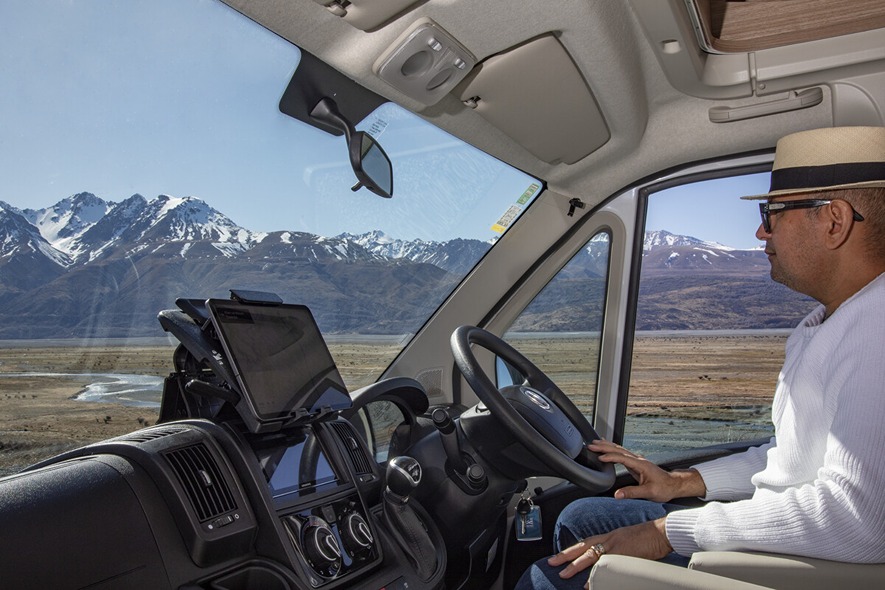
Preparing for a motorhome road trip involves maintenance and cleaning jobs, to ensure your RV is in the best and safest condition. But the work doesn’t end once you hit the open road. Certain parts of your motorhome need monitoring for your own personal safety and health — and for your motorhome’s wellbeing.
Your adventures will be all the more enjoyable without accidents or breakdowns, and keeping a close eye on these aspects of your motorhome will help reduce that risk.
In this blog, we discuss daily, weekly and less frequent tasks like checking tyre pressure, managing water and battery usage, monitoring fluid levels, and keeping track of gas.
Safety inspections
Regularly work through these suggestions to ensure you stay safe while having fun travelling by motorhome.
Check your tyre pressure
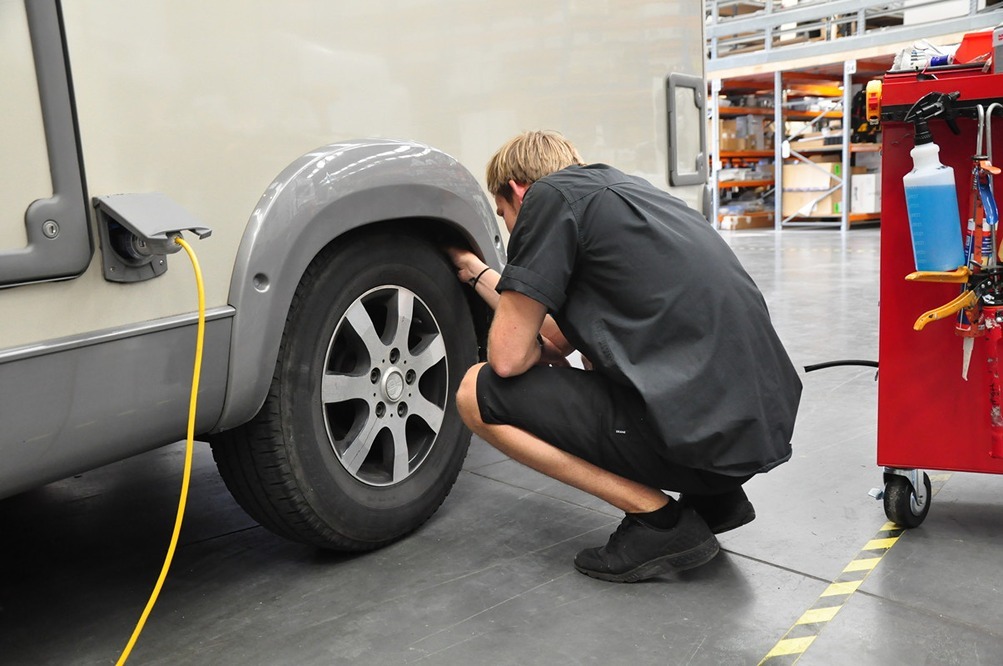
Safety and performance are paramount when it comes to motorhome tyres. Overinflated tyres can be more susceptible to damage while underinflated ones may overheat — leading to premature wear and tread separation.
Review your motorhome’s manual to find out the correct tyre pressure. Consider carrying your own tyre pressure gauge so you can:
- Monitor the tyres — to ensure your RV is safe to drive
- Have peace of mind — particularly when driving to more remote areas.
Check your motorhome tyres before going on holiday, as well as each month if it’s a long vacation.
Pay attention to your brakes
One of the most important aspects of staying safe in a motorhome is functioning brakes. They allow you to have control over your vehicle’s speed and direction — including the ability to stop suddenly if required. It goes without saying that they also help you avoid collisions, maintain control driving downhill and stay safe on the road.
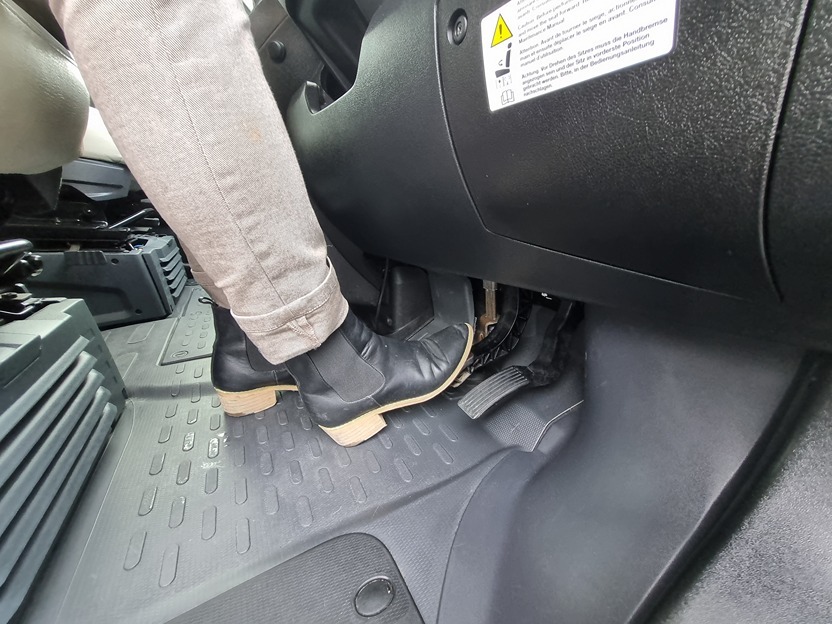
Listen out for braking sounds that are a little unusual and be aware of how your motorhome handles when you’re braking.
Visit the nearest RV mechanic to get your brakes checked every three months — or as soon as possible if you suspect there may be a fault.
Measure your fluid levels
If you’re on a long road journey covering a lot of distance, be sure to check whether your motorhome’s vital fluids need topping up. Inspect and top up your:
- Oil — to lubricate moving parts, reduce engine noise and extend its life
- Engine coolant or antifreeze — to keep the engine temperature stable and prevent damage to the engine and radiator
- Transmission fluid — which lubricates the moving parts within your transmission, to cool and enhance performance
- Hydraulic fluids — for your motorhome’s brakes and clutch.
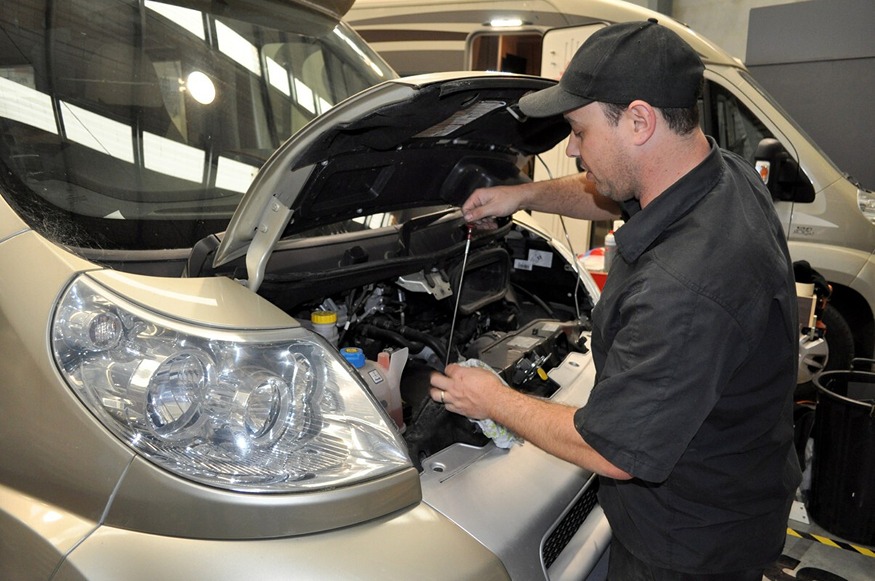
Just like with your car, topping up the oil and adding engine coolant should be fairly straightforward. However, you may want to seek out a mechanic to add or change transmission and hydraulic fluids.
How often you top up these fluids will vary depending on the age of your vehicle, its condition and usage. However, as a general guide, check your:
- Engine oil at least once a month — and top up when needed
- Coolant level monthly — looking for any signs of leakage and refilling when required
- Transmission fluid halfway through your trip — to ensure it's at the appropriate level
- Hydraulic fluid every month — following the manufacturer's recommendations for hydraulic fluid changes.
Your motorhome may also need a diesel exhaust fluid (DEF) like AdBlue — which helps reduce nitrogen oxide (NOx) emissions. You’ll be able to top this up yourself at specific gas stations around the country.
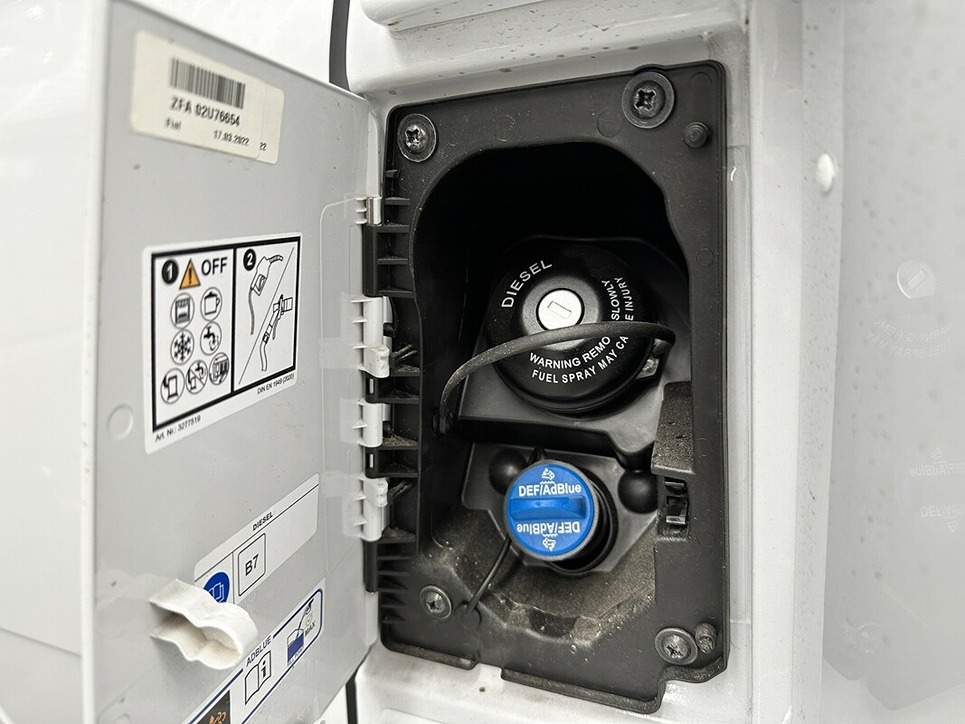
Read about the many benefits of AdBlue.
|
How to know if your motorhome needs DEF Check your motorhome’s emission system. Many modern diesel engines are equipped with a selective catalytic reduction (SCR) system. The presence of an SCR system means your motorhome requires DEFDiesel exhaust fluid for emissions control. You can also confirm whether your RV needs DEF by consulting your owner’s manual. Alternatively, check the dashboard for a low DEF warning light or see if there’s a DEF tank located near the fuel tank. |
Test your lights
Frequently testing your lights is something you can easily do to let other drivers know your intentions. It only takes a minute to ask one of your passengers (or a passerby) to check whether your brake lights, indicator lights and headlights are working while you test them.
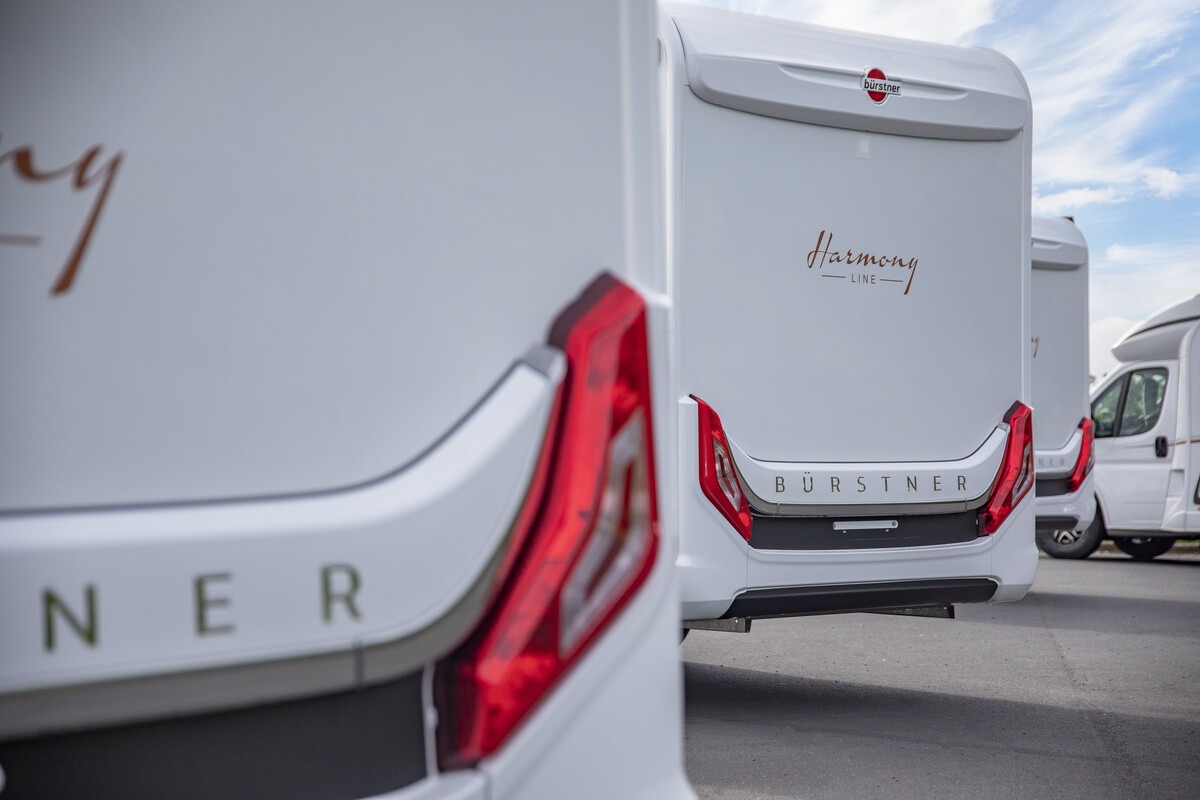
Inspect your safety equipment
Smoke detectors, fire extinguishers, carbon monoxide detectors and your first aid kit all need to be periodically checked while you’re out on long road trips. You’ll want peace-of-mind that these items are in proper working condition so you can stay safe when away from populated areas.
From time to time, you may also need to recheck the compliance of your safety equipment — not only for safety reasons but for insurance purposes and protection against liability. By following a routine for checking these items, you’ll more likely identify which ones need replacing prior to an emergency situation.
Be sure to look over your safety gear at least monthly — and after any severe weather conditions.
If you’re new to motorhoming, see our safety tips for beginners.
|
Tip To stay on top of your safety equipment, consider placing a sticker on each item showing the date it was last checked. |
Carry out a visual check of your motorhome
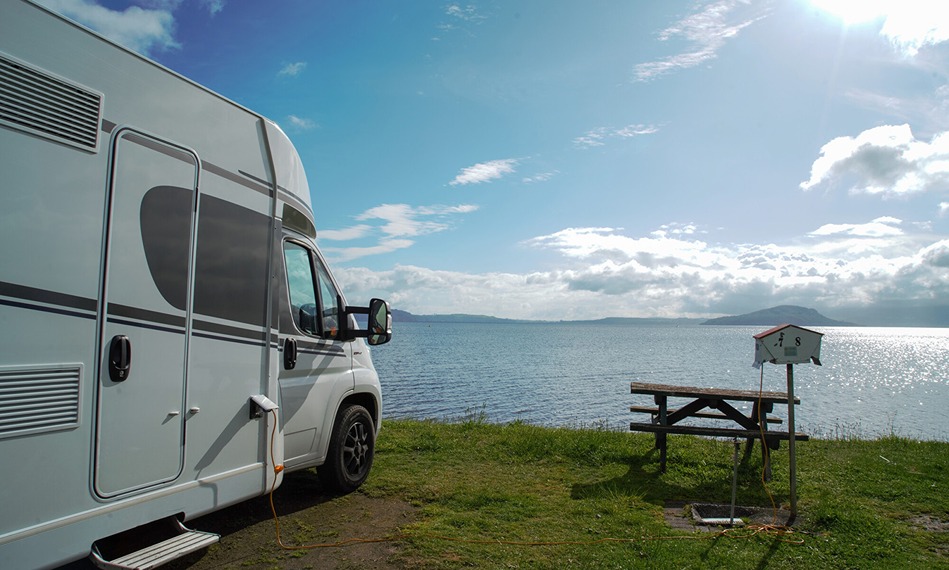
Check over your motorhome before moving on to your next location. Walking around your vehicle and double-checking that everything is in its right place can help reduce the risk of an accident or a breakdown on the road.
Something like ensuring the power cable has been removed from the mains socket in a commercial campground may seem trivial. However, forgetting to do so can have significant ramifications.
|
Site check
|
Power checks
To ensure you have power when you need it, especially when you’re off-the-beaten-track, routinely go over these power checks.
Monitor your battery power
If you usually spend multiple days off-grid away from mains power, your 12 volt (V) house battery will be a vital determinant of how long you can freedom camp.
Unexpected power loss can be an annoyance that interrupts your plans — potentially forcing you to drive to another destination while the battery recharges.
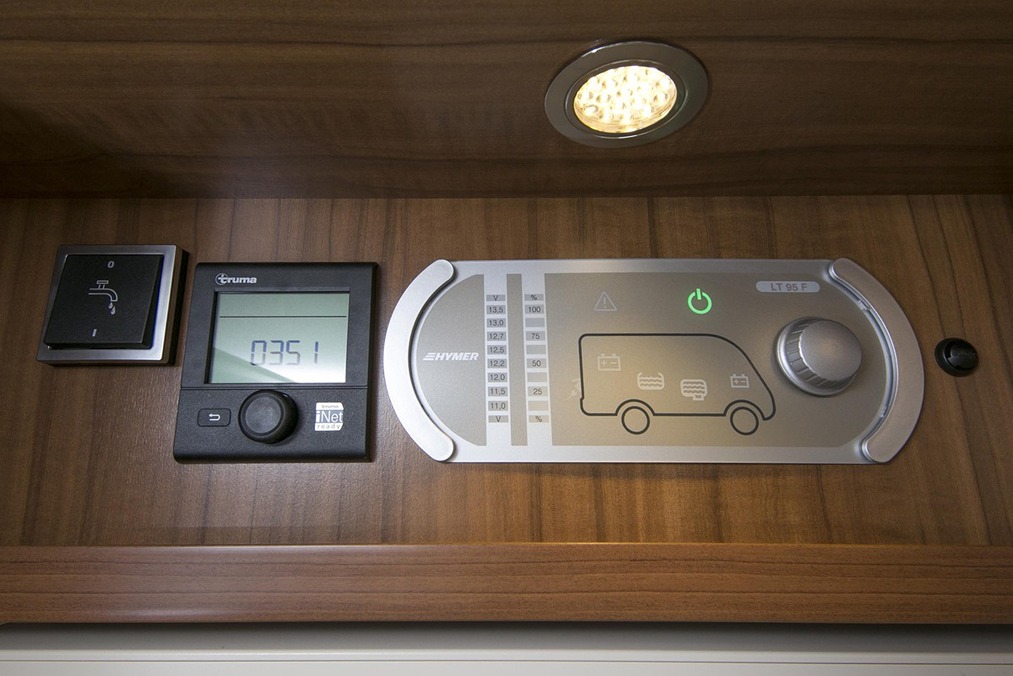
If your motorhome has a central control panel, you’ll be able to see how much juice your house battery has left. In addition, a spare second battery is worth considering if you enjoy extended wilderness camping.
Be sure to check your house battery power level daily so you can keep on top of it and be ready to recharge before the charge gets too low. If your motorhome has a battery monitoring system, it will provide you with real-time information about your battery's state of charge and usage.
Find out more about 12V battery power.
|
The problem with draining your house battery Using your house battery when off-the-beaten-track can be a lifesaver. However, you won’t want to completely drain it. Depending on your battery type, it may be best to keep its charge above 25 percent — or even 50 percent. |
Examine your electrical systems
Safety is again at the forefront as to why it’s essential to routinely check your motorhome’s electrical systems. Identifying potential issues before they become a danger will help prevent accidents like electrical fires and electric shocks.
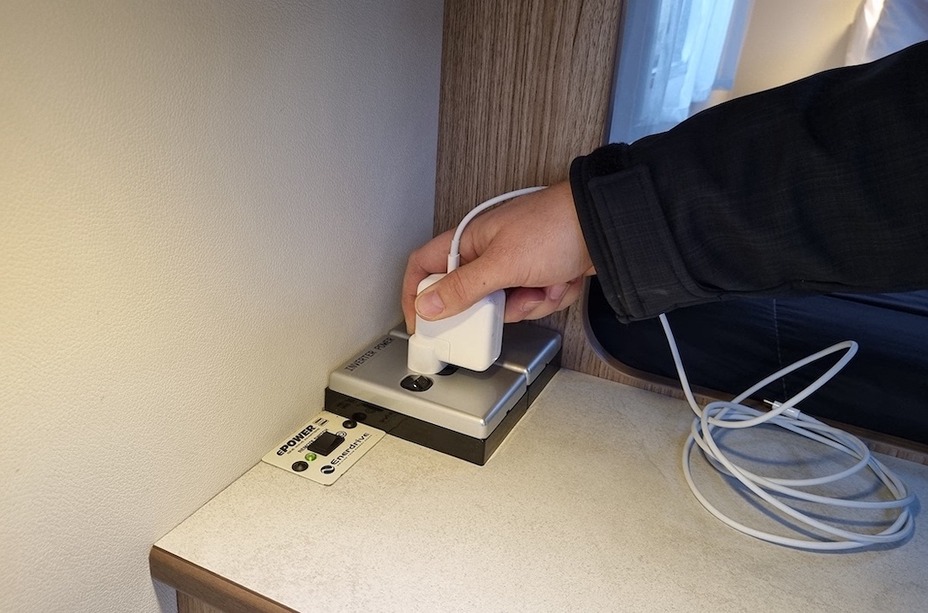
Reliability is the other key reason. By maintaining your electrical systems well, you’ll be able to ensure the reliable operation of your vital appliances — like your fridge, oven and entertainment system.
Some tips on how to identify issues early and maintain your electrical systems include:
- Checking often — look for loose connections and signs of wear or damage to your wires and connectors
- Keeping components and connection points clean — disconnect the power source and use a clean dry cloth to remove any dust or dirt
- Looking after your appliances — clean them often and get them serviced as per the manufacturer’s recommendations.
Inspect your electrical components and systems weekly by testing each one to ensure they’re all working as intended.
|
Power tip If you have issues with power supply, or you’re not hooked up to mains power, a three-way fridge that runs on LPG is an ideal backup. |
Keep track of your gas levels
Wild camping in recreational vehicles has been made possible by safely carrying a bottle of LPG onboard. However, it’s important to monitor the level of gas to know your average daily usage and when you’ll need a refill.
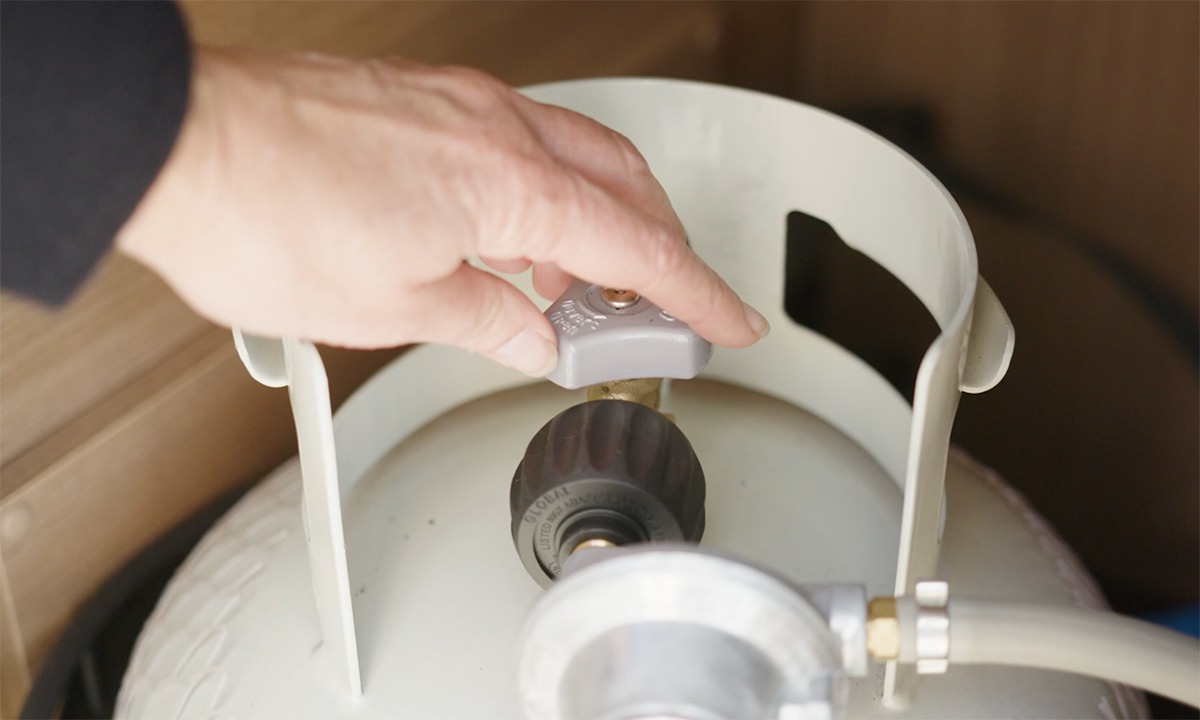
How frequently you should check the gas level is a matter for debate. You could do so on a weekly basis or before setting off for a new destination — to ensure you have enough for heating and cooking over the next week.
You might want to take the opportunity to refill your LPG when passing gas stations that offer such a service. Or alternatively, carry a reserve bottle onboard so you don’t have to refill as often.
See how to maintain LPG gas safety in your motorhome.
|
The secret of soapy water Gas has a very distinctive odour so you’ll likely be able to smell a leak. One way to double-check is by using soapy water to spray your gas connections and gas pipe. If you notice any bubbles, you have a leak. |
Be aware of temperature changes
Feeling comfortable and safe in your motorhome while on the road has a lot to do with its internal temperature. Are you warm enough at night during winter adventures? Can you cool the RV down in the heart of summer to make the temperature more bearable?
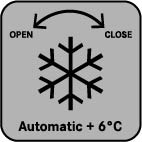
It’s important to keep your motorhome’s internal temperature above 5-6 degrees Celsius in winter to prevent critical components of your heating system from freezing — like the boiler and water lines.
Your motorhome will likely have a frost protection system which is automatically triggered if the interior temperature falls below the manufacturer’s limit. If it gets triggered, the frost protection valve will open — dumping water out of your pipes and onto the ground.
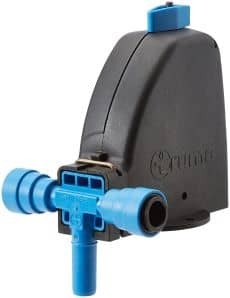
To reduce the risk of this system being activated, maintain heating in your motorhome overnight or during cold periods. Heating elements near exposed plumbing and your water tanks will be activated to help prevent freezing and ensure you have continued access to fresh water.
|
How to reset the frost protection valve Located under one of your motorhome’s seats is the heating unit along with the frost protection valve. If the valve has been tripped, you simply need to turn it back to its original position and push the reset button below the valve. |
Inspecting your heating system weekly or biweekly, by checking for any unusual smells, noises or error codes, will help reassure you that it’s operating correctly and efficiently.
For more information on temperature, take a look at our guide on motorhome heating and ventilation.
Environment tasks
Regularly complete these tasks to maintain a healthy environment in your motorhome.
Manage your water usage to stay off-grid longer
It’s not ideal to step into your motorhome shower somewhere in the backcountry only to have your water supply run dry. If you often travel to off-the-grid places, becoming dependent on what you’re carrying, it’s necessary to check your daily water usage.
Regular water checks should involve:
- Viewing your fresh water tank monitor
- Monitoring your wastewater tank — as it fills up
- Checking for leaks — being aware of any water that’s escaping.
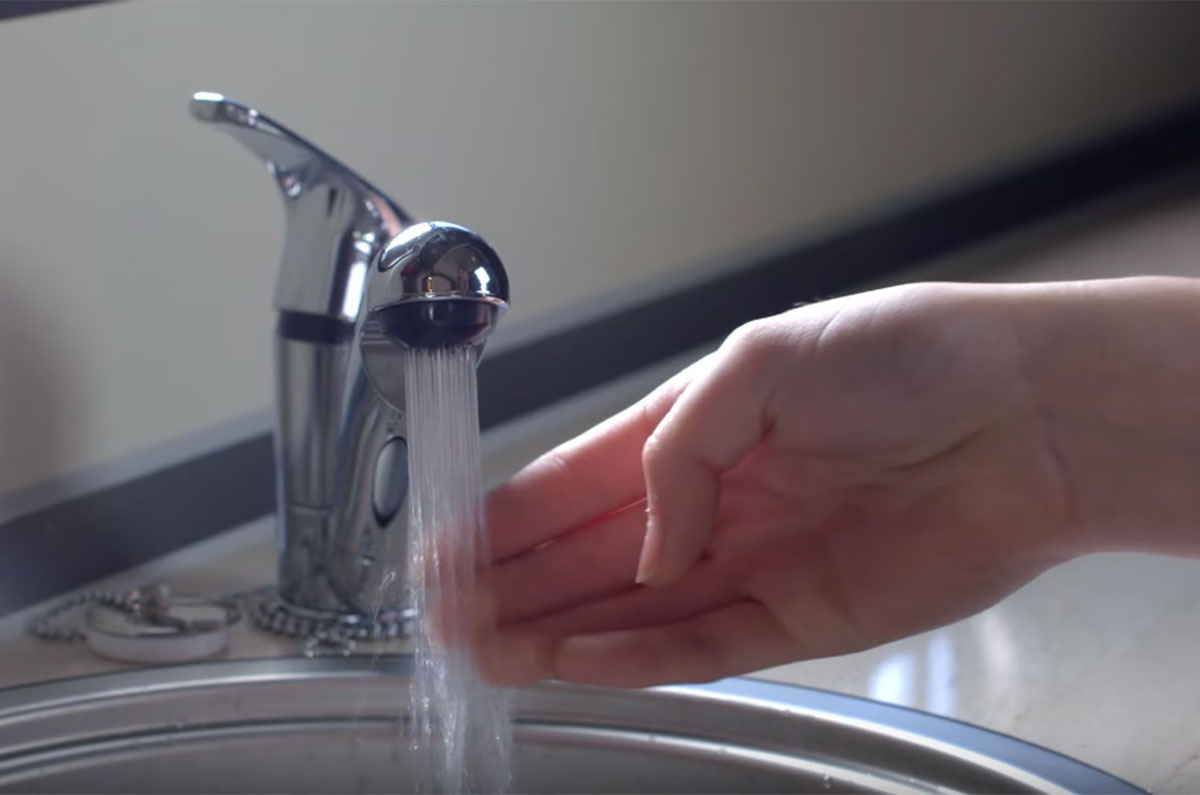
Maintaining an adequate supply of water for drinking, cooking and cleaning is essential. Develop a daily routine whereby you check the fresh water level before any usage.
Learn more about water usage and water storage.
Look for damp spots
When travelling over winter or during colder periods, frequently inspect the inside of your motorhome for damp spots. These areas can quickly develop mould or mildew — causing long-term damage to your motorhome and affecting the health of you and your passengers.
When deciding how often to look for damp spots, take into account weather conditions and the season, the age of your RV and whether you already have any leaks. Monthly inspections may be sufficient — and after long rainy or humid periods.
The winter months require a central heating system — along with full insulation and double glazed windows. By choosing a motorhome that’s fully winterised with the right heating system, you’ll be able to minimise damp spots throughout all four seasons.
Check for condensation
Condensation in a motorhome can lead to deterioration of parts of the interior, particularly the wall linings and fabrics. A few solutions for managing condensation include:
- Regularly airing out your motorhome by opening blinds, curtains and vents
- Frequently wiping down any visible condensation
- Always cooking with windows and vents open
- Drying out any damp areas promptly.
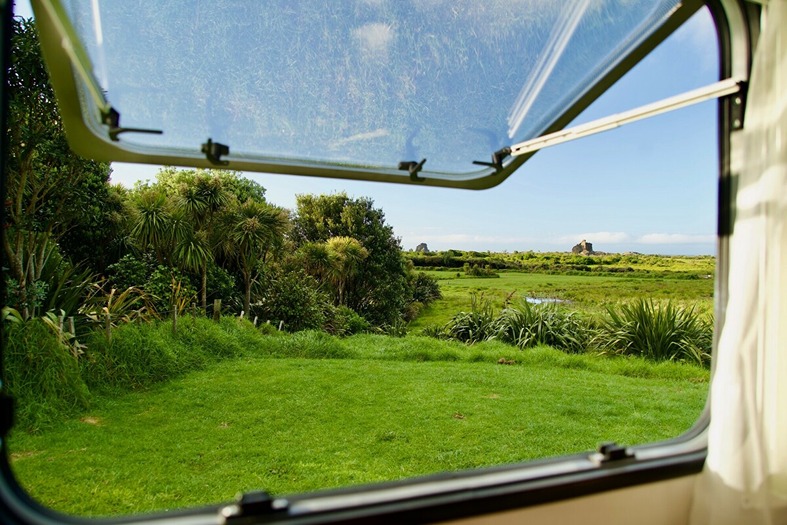
Insulation, the weather and your personal living habits will dictate how often you should check for condensation. Still, you could take the approach of making daily checks in cold weather, weekly checks in variable conditions and regular checks in areas susceptible to condensation — like around poorly-insulated windows.
Read our guides on how to prepare your motorhome for a spring, summer or winter road trip.
Ensure each motorhome adventure is safe and enjoyable by routinely taking the time to check all of these key parts of your recreational vehicle. From tyre pressure to battery power, and brakes to electrical systems, put in the time to check so you can enjoy more time on adventures.
Download your free on the road monitoring checklist to keep these tasks front of mind while on your motorhome holiday.

